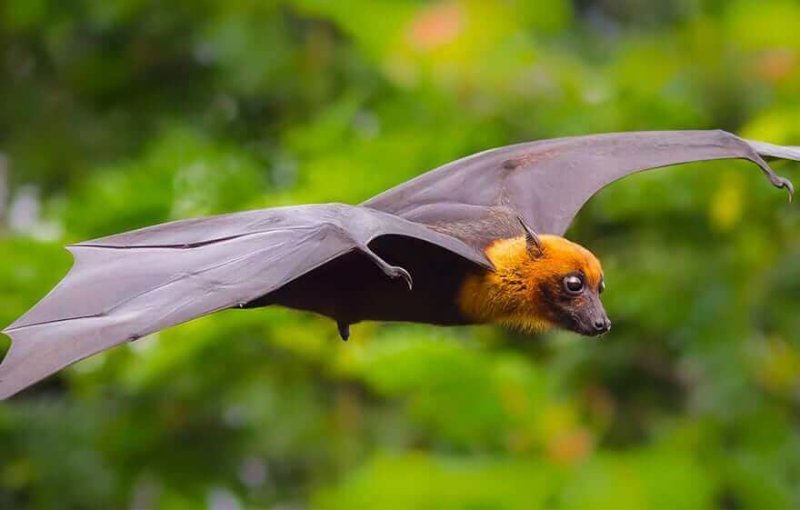The COVID-19 pandemic that’s currently ravaging the world started with a simple virus in an animal. Viruses like this, which can jump from animal to human, are called zoonotic viruses. They account for 75 percent of all the emerging diseases people grapple with today and are one of the most critical areas of study when it comes to protecting public health.
Epidemiologist Christine Kreuder Johnson knows that a virus carried by wildlife in any seemingly far-flung corner of the world can potentially threaten the health of humans globally. She studies how viruses in animals “spill over” into human populations as associate director of the One Health Institute at the University of California, Davis. …
Johnson is the lead author of a new study that found that domesticated animals, along with wildlife that have adapted to humans encroaching on their habitats, like bats and rodents, are responsible for a majority of viruses studied to date that have afflicted human beings after originating in animals.
[The] program has collected over 140,000 biological samples from animals to identify 1,200 viruses — including more than 140 new coronaviruses … . Over the next several months, they’ll comb through their samples to see if the novel coronavirus might have jumped from animal to human even earlier than suspected since it can often go unnoticed before an outbreak erupts.






























